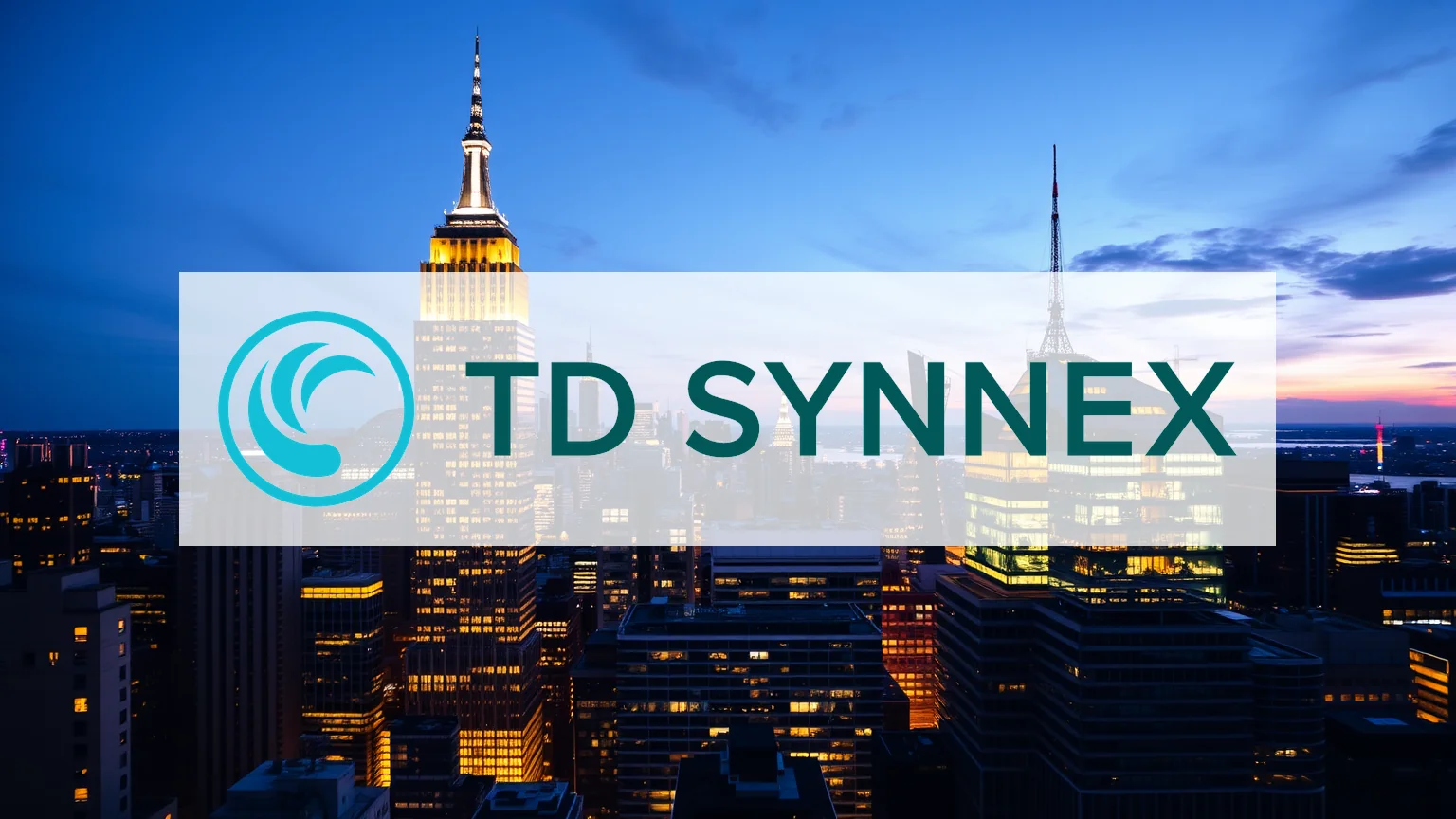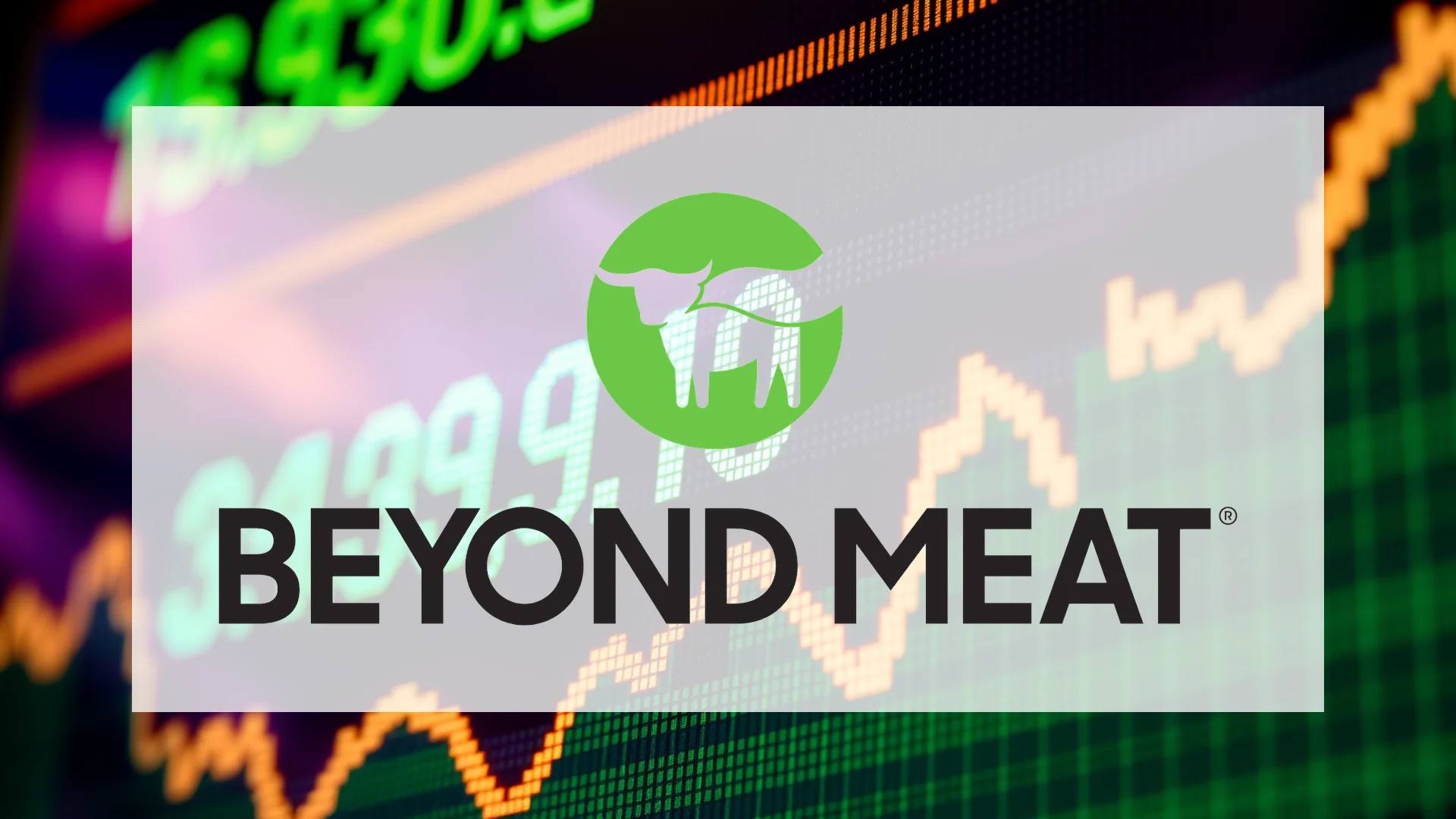TD Synnex finds itself at the center of a high-stakes tug-of-war, with major investors placing opposing bets on the IT distributor’s future. This clash of convictions is creating significant volatility for the stock, even as the company delivers exceptionally strong quarterly performance that provides compelling evidence for the bullish case.
Stellar Earnings Defy Expectations
The company’s second-quarter results shattered analyst forecasts, delivering what can only be described as an outstanding performance. TD Synnex reported earnings per share of $2.99, surpassing consensus estimates by $0.28. Revenue demonstrated robust growth, climbing 7.2% year-over-year to reach $14.95 billion—a figure that comfortably exceeded the $14.30 billion that market experts had projected.
Management’s forward guidance further reinforces this positive trajectory. For the third quarter, executives anticipate EPS in the range of $2.75 to $3.25. In response to these strong results, Royal Bank of Canada significantly raised its price target from $145 to $165, reflecting increased confidence in the company’s prospects.
Institutional Investors Take Opposite Sides
The investment landscape for TD Synnex reveals a stark division among major stakeholders. With institutional ownership standing at 84%, the conflicting moves by these significant players highlight the uncertainty surrounding the stock’s near-term direction.
Comerica Bank substantially increased its position during the first quarter, expanding its holdings by 13.7%. Conversely, Corebridge Financial moved in the opposite direction, reducing its stake by 2.9%. This divergence in strategy among sophisticated investors illustrates the ongoing debate about the company’s valuation and future performance.
Should investors sell immediately? Or is it worth buying Synnex?
Insider Transactions Raise Questions
Adding another layer of complexity to the investment thesis, corporate insiders have been actively selling shares despite the strong operational results. Director Richard T. Hume reduced his position by a substantial 48%, realizing proceeds exceeding $8.6 million. Chief Financial Officer Marshall Witt also engaged in share sales during this period of price strength.
Such transactions naturally prompt market observers to consider whether company executives possess non-public information that might justify their decision to liquidate portions of their holdings, even as public financial metrics appear robust.
Valuation Metrics Suggest Caution
Despite the impressive operational performance, valuation indicators present a more nuanced picture. The stock trades at a P/E ratio of 17.47 with a PEG ratio of 1.21, suggesting a balanced but not overly optimistic valuation. Market volatility remains elevated, with a beta coefficient of 1.32 indicating significantly greater price swings than the broader market average.
Year-to-date performance shows a solid gain of over 13%, though the stock still trades approximately 8% below its February peak of $140. This price action reflects the ongoing tension between those taking profits and those establishing or adding to positions.
The critical question for investors remains whether the selling activity represents routine profit-taking after a strong run, or whether it signals concerns about an impending consolidation phase that has yet to be reflected in the company’s public financial disclosures.
Ad
Synnex Stock: Buy or Sell?! New Synnex Analysis from December 3 delivers the answer:
The latest Synnex figures speak for themselves: Urgent action needed for Synnex investors. Is it worth buying or should you sell? Find out what to do now in the current free analysis from December 3.
Synnex: Buy or sell? Read more here...










